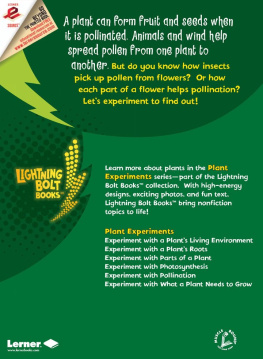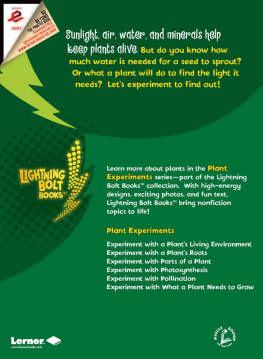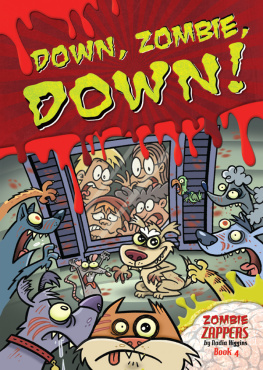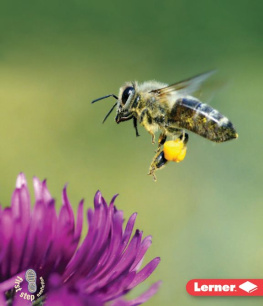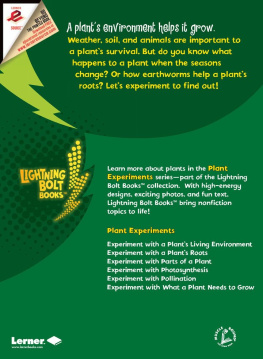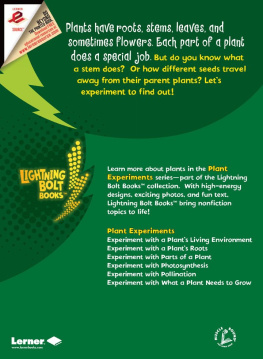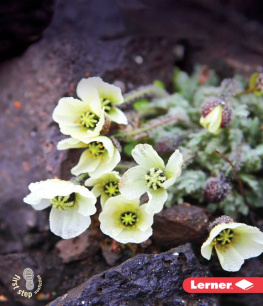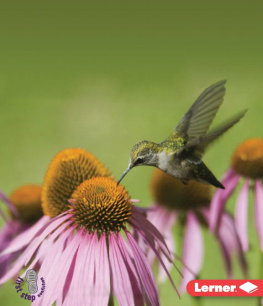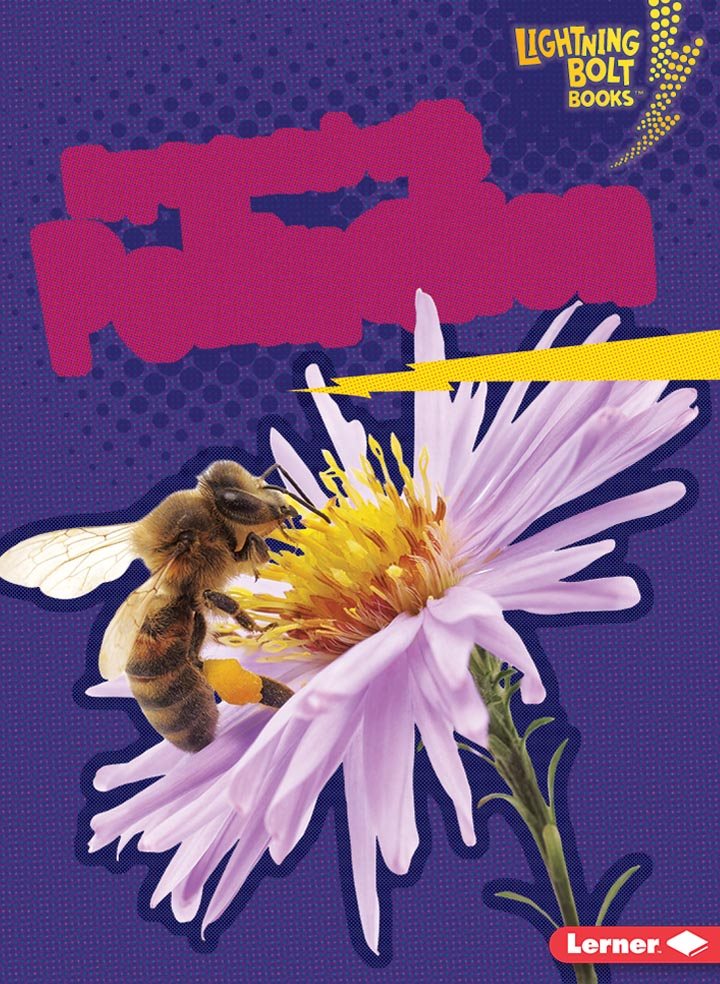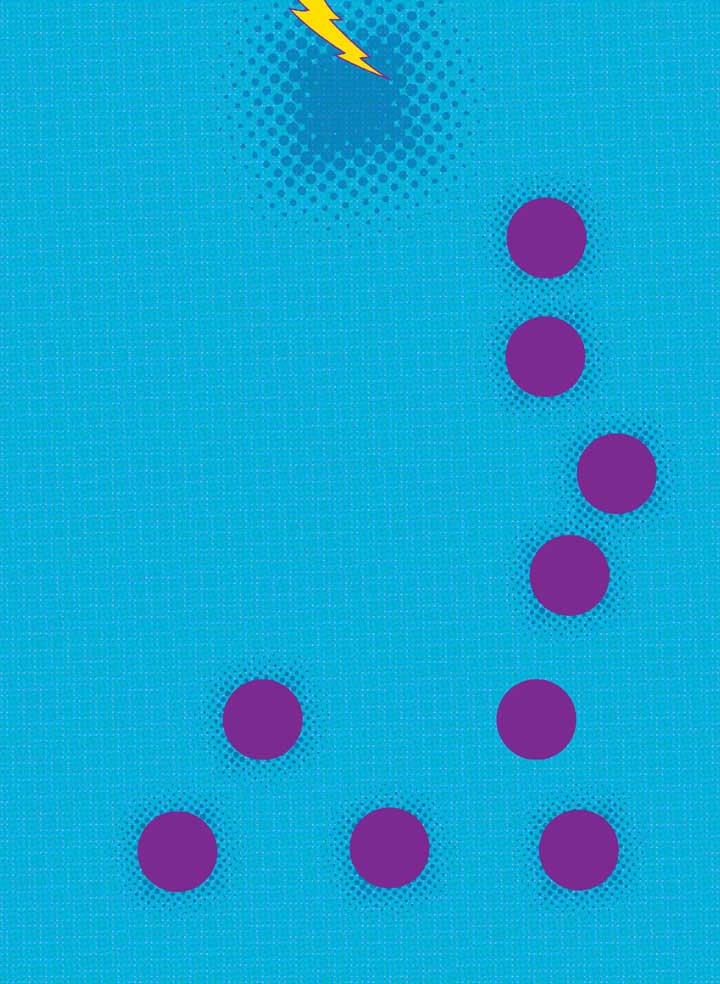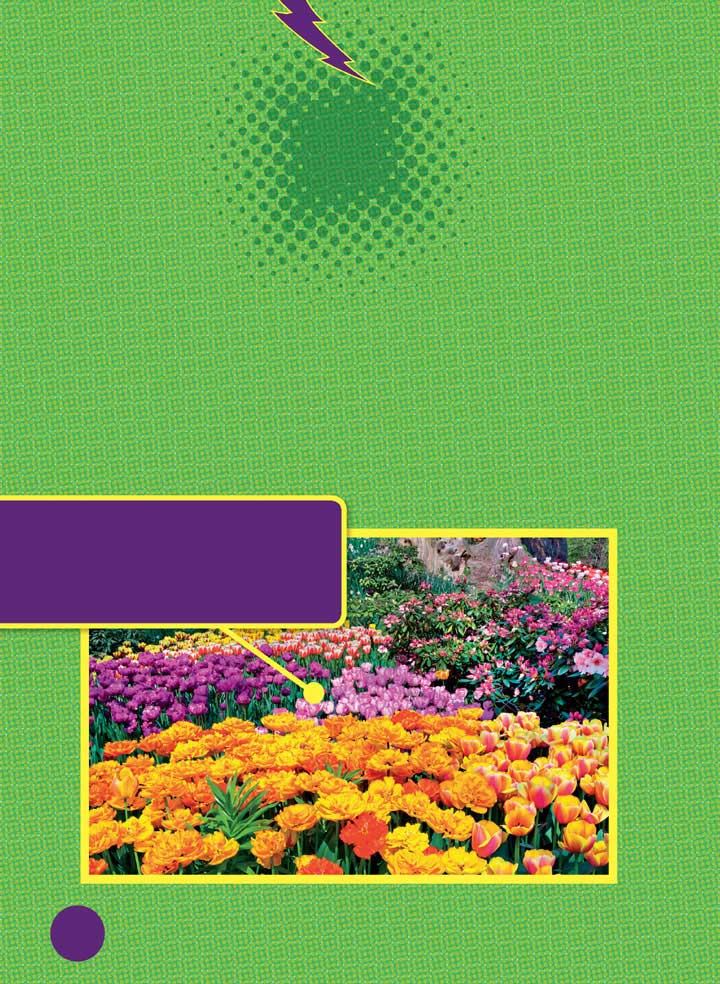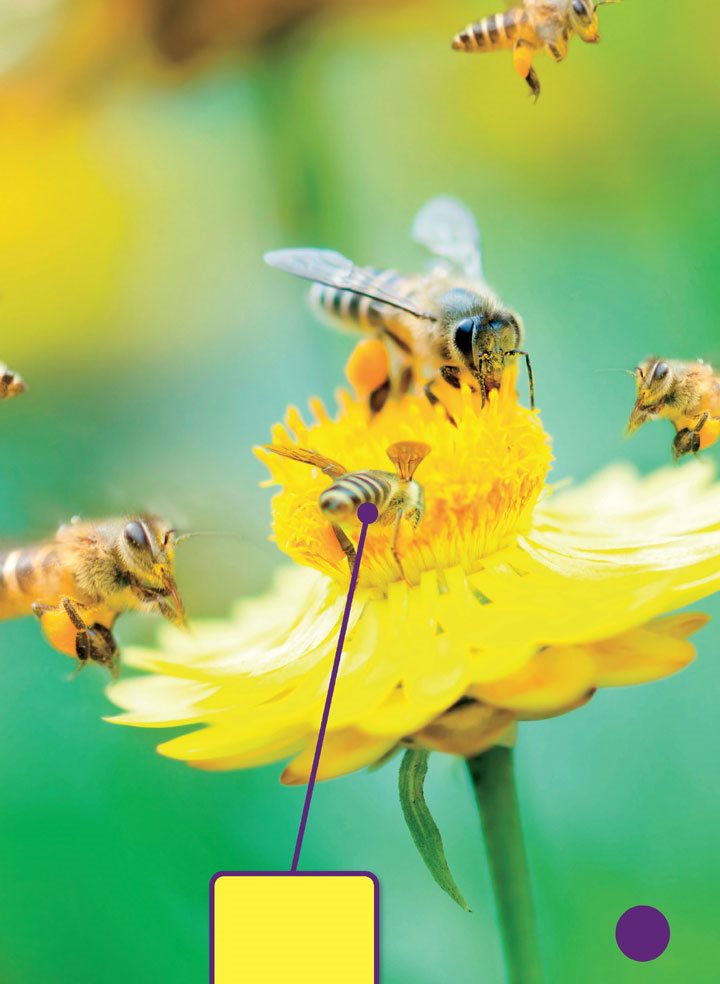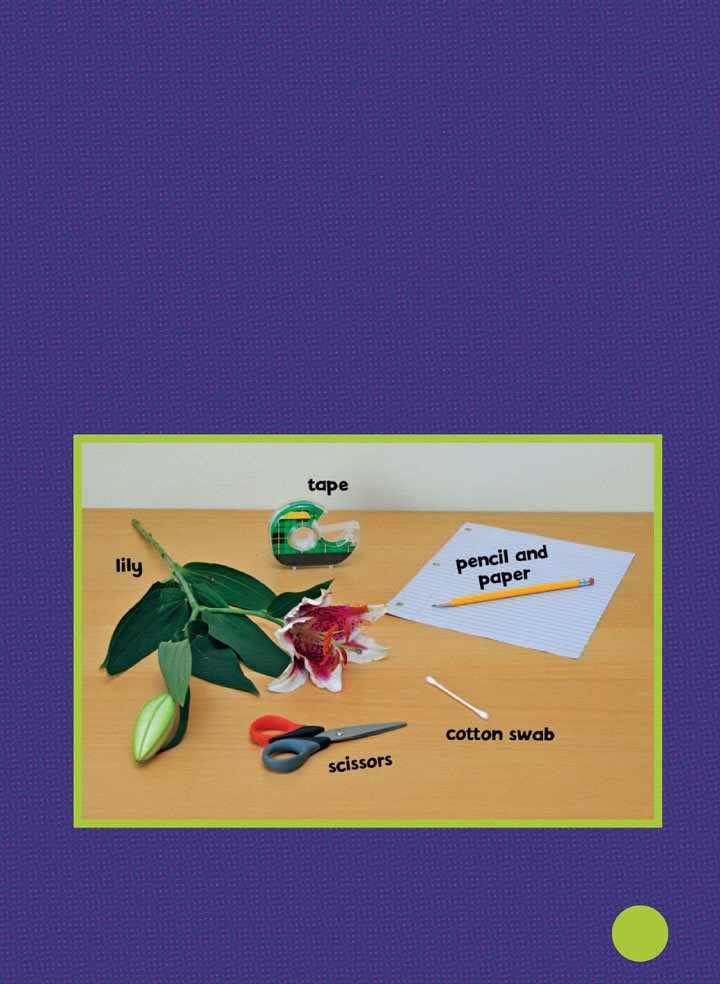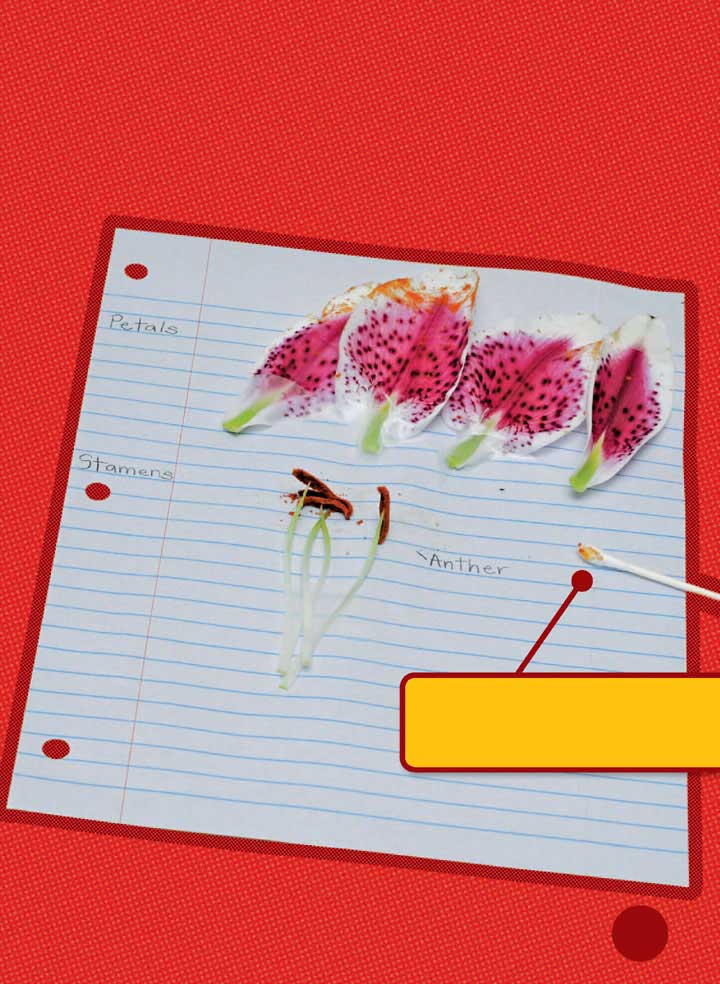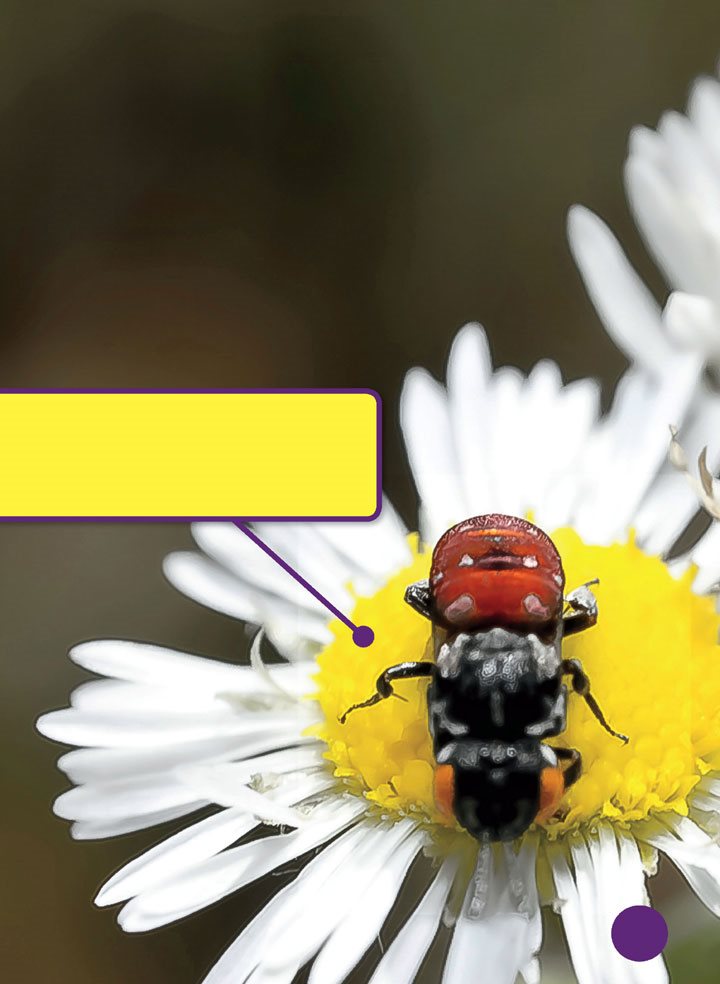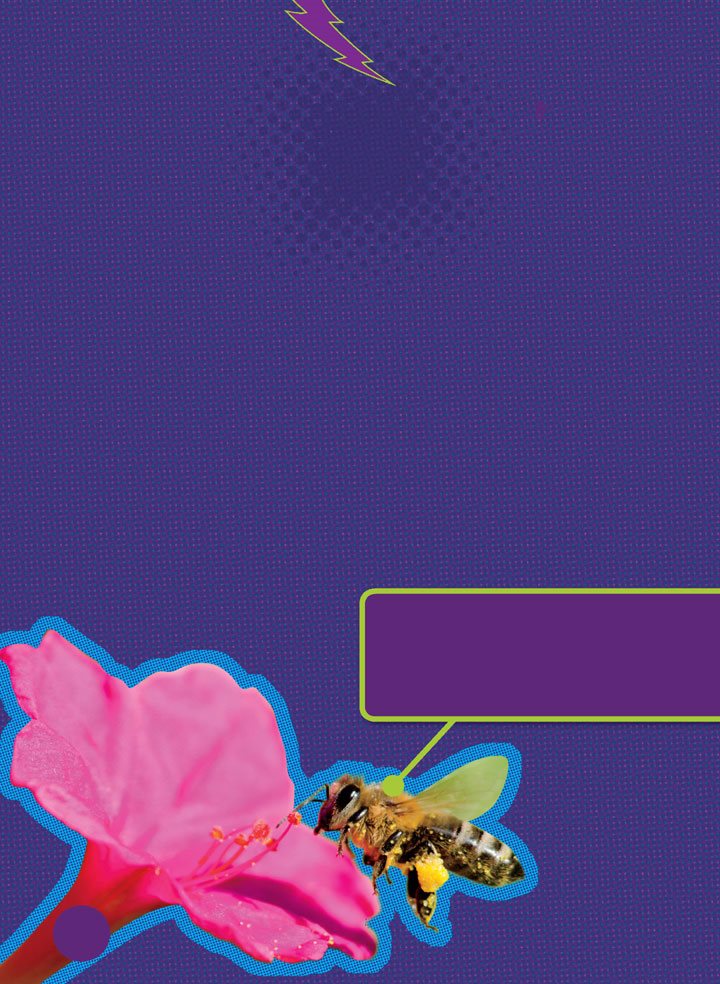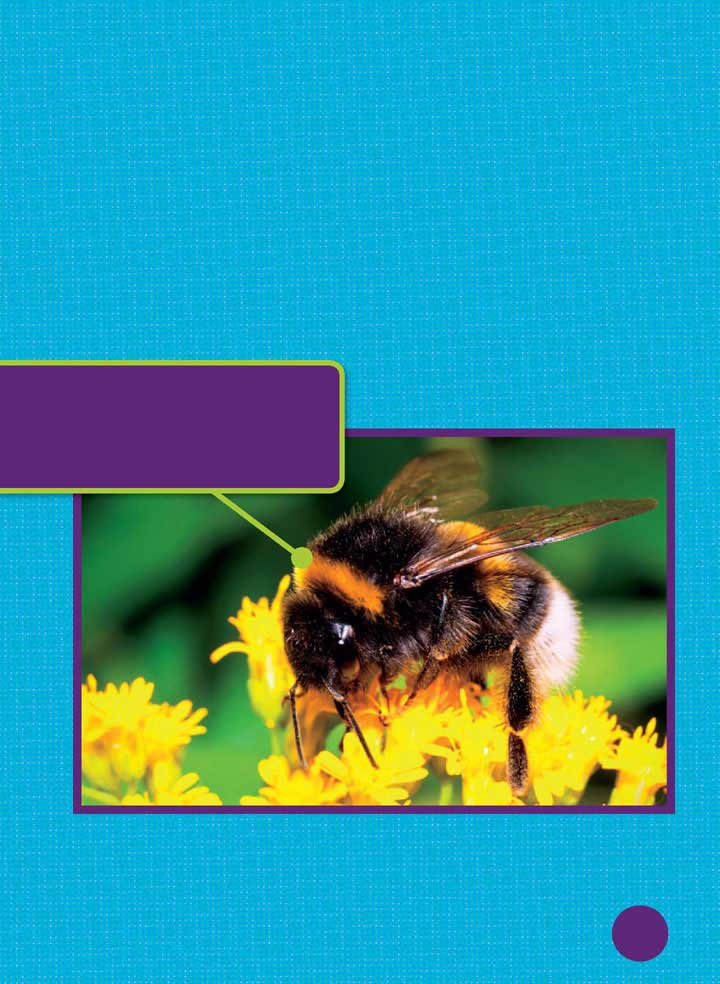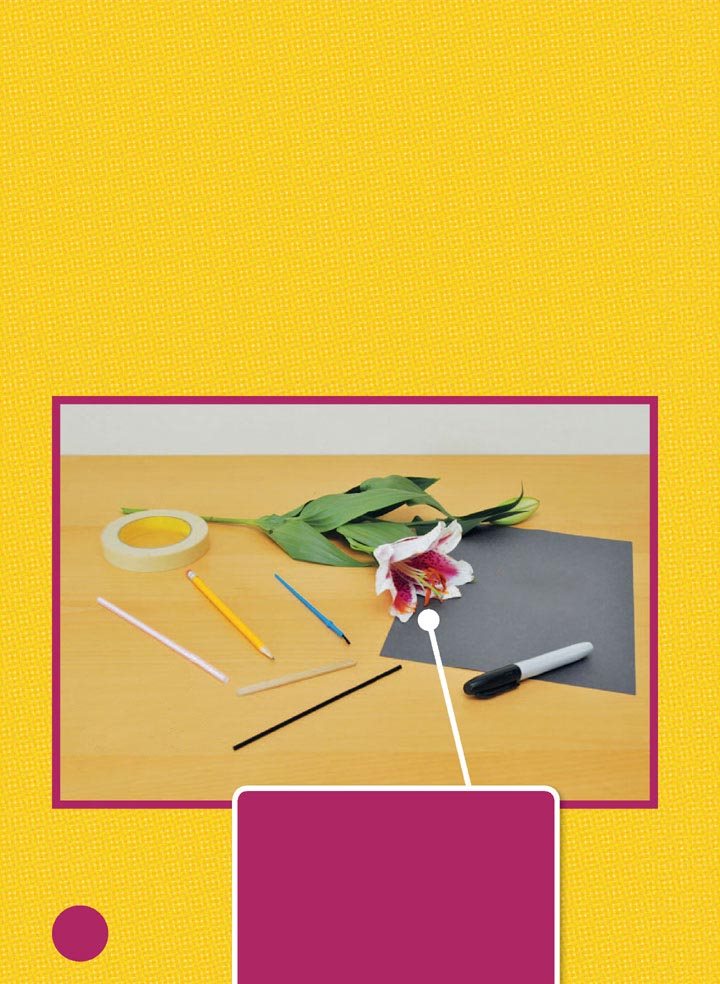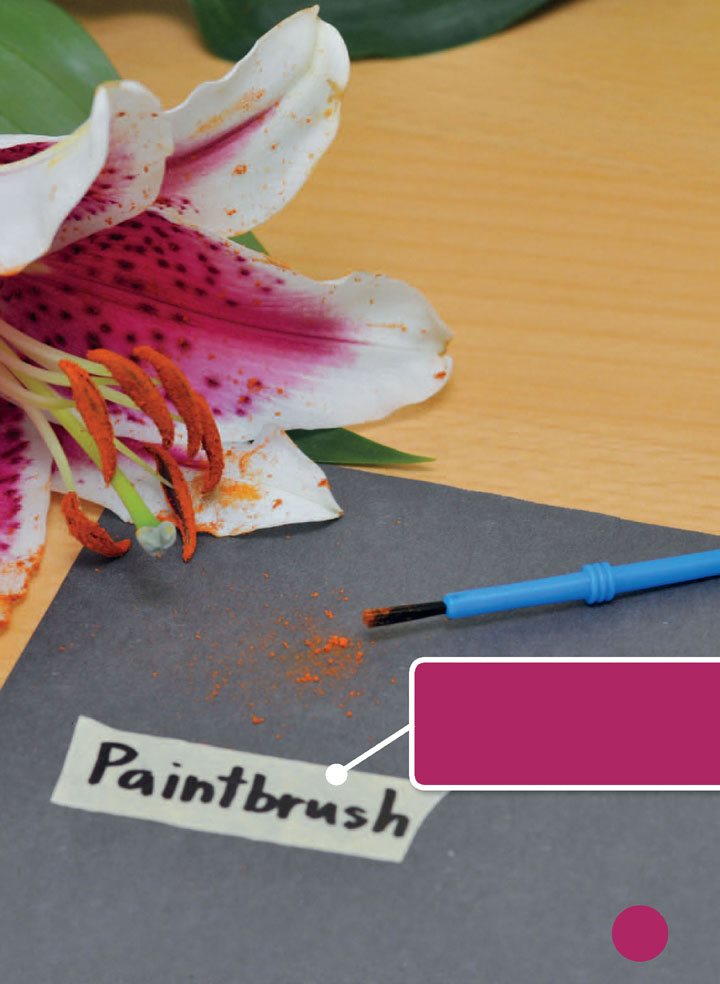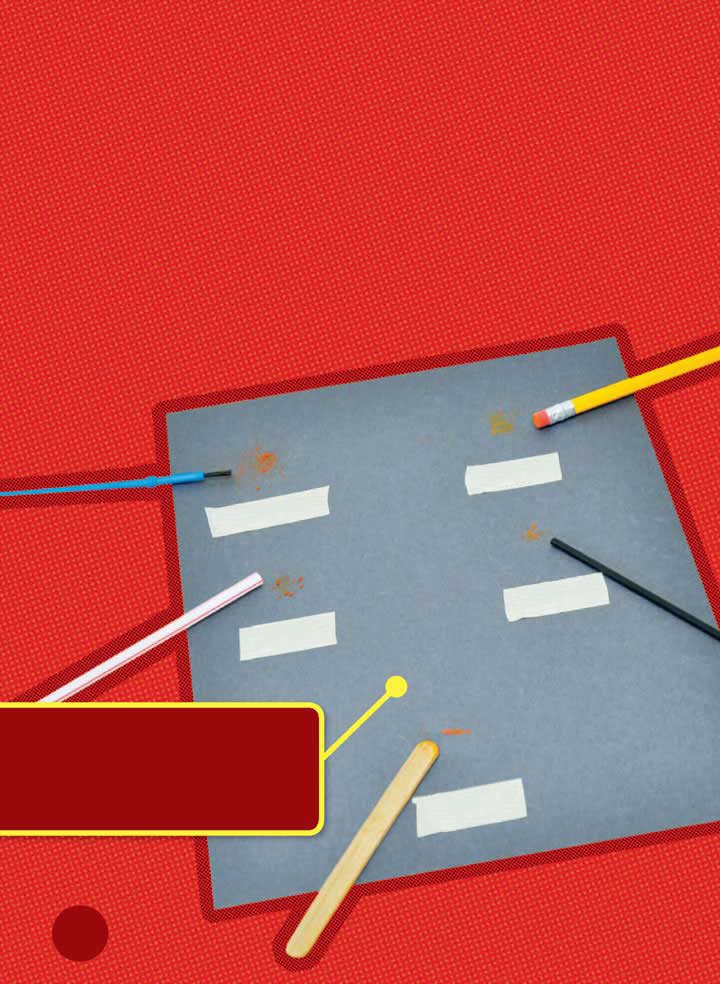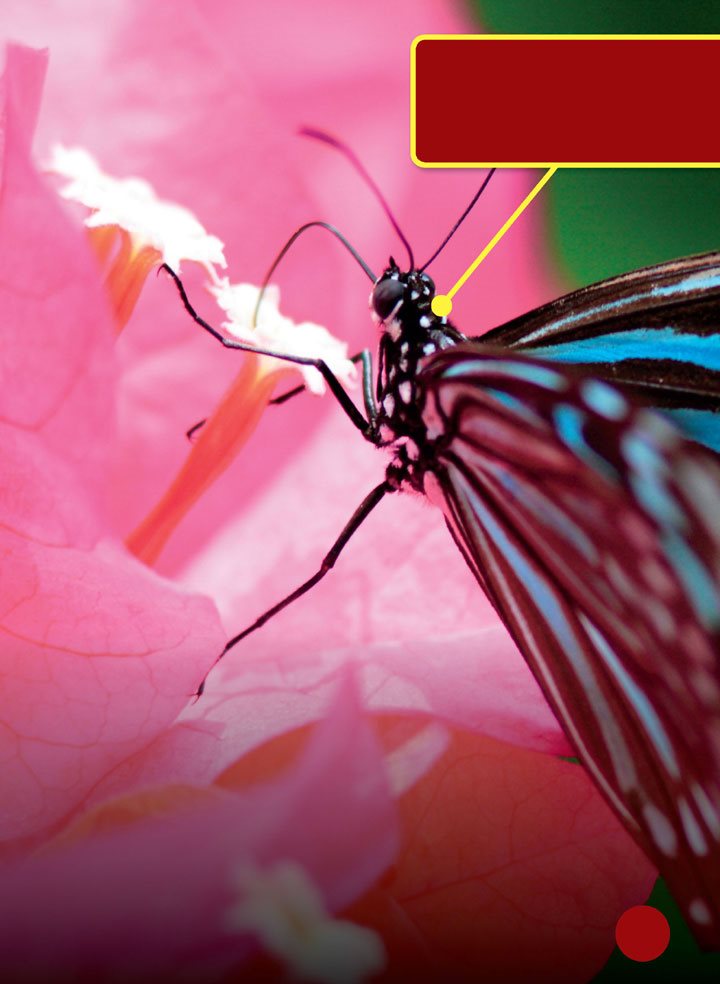Experiment
with
Pollination
Nadia Higgins
Copyright 2015 by Lerner Publishing Group, Inc.
Content Consultant: Dr. Norm Lownds, Curator, Michigan 4-H Children's Gardens
All rights reserved. International copyright secured. No part of this book may be reproduced,
stored in a retrieval system, or transmitted in any form or by any meanselectronic, mechanical,
photocopying, recording, or otherwisewithout the prior written permission of Lerner Publishing
Group, Inc., except for the inclusion of brief quotations in an acknowledged review.
Lerner Publications Company
A division of Lerner Publishing Group, Inc.
241 First Avenue North
Minneapolis, MN 55401 USA
For reading levels and more information, look up this title at www.lernerbooks.com.
Library of Congress Cataloging-in-Publication Data
Higgins, Nadia.
Experiment with pollination / by Nadia Higgins.
pages cm. (Lightning Bolt Books Plant Experiments)
Includes index.
ISBN 978-1-4677-5734-8 (lib. bdg. : alk. paper)
ISBN 978-1-4677-6076-8 (pbk.)
ISBN 978-1-4677-6246-5 (EB pdf))
1. PollinationJuvenile literature. 2. PlantsExperimentsJuvenile literature. I. Title.
II. Series: Lightning bolt books. Plant experiments.
QK926.H575 2015
571.8642dc23
2014027541
Manufactured in the United States of America
1 BP 12/31/14
Table
of
Contents
What
Are
the
Parts
of
a
Flower?
Colorful flowers fill vases
and brighten gardens. Out in
nature, beautiful flowers have
an important job.
Flower gardens are full
of flowers waiting to
be pollinated.
Flowers make seeds. Pollination
is the first step in making seeds.
Bees aid in
pollination.
During pollination, tiny pollen
grains move from one flower
part to another. Most often,
insects carry the pollen from
flower to flower.
The flower parts
labeled on this lily are
important in pollination.
anther
stigma
pistil
stamen
petal
ovule
Letslookatthepartsofaflowerandhowtheyworktogetherduringpollination.
What You Need:
tape
lily
pencil and
paper
scissors
cotton swab
Steps:
Gently pull the petals off the lily.
Tape them to the paper, and label
them petals.
Pull the stamens off the lily. Tape them
to the paper, and label them stamens.
If you arent sure where a certain part
is on your flower, look to the labels on
page to help you.
If youre allergic to pollen,
have an adult cut off your
flowers stamens. For steps
and 3, draw the stamens,
using the diagram on page
Touch the tip of one of the
stamens with the cotton swab.
Label the tip anther.
Did pollen come off
on your cotton swab?
Find the pistil and tape it to the
paper. Touch its tip. Is it sticky?
Use the scissors to slice open the
base of the pistil. Cut the long way.
Can you see the ovules?
Label the tip of
the pistil stigma.
Think It Through
If the stigma on your lily was
sticky, the lily was ready for
pollination. It would have
used pollen from a different
flower to make a seed.
A seed will form only if
pollen from the same
types of flowers join.
How
Do
Bees
Bristles
Help
Flowers?
Pollinators are insects or other
animals that spread pollen. As
they sip nectar, their bodies pick
up pollen. The pollen rubs off
on the next flower they visit.
Honeybees use the
pollen they pick up to
feed their young.
Beesareoneofnaturesbestpollinators.Pollensticksallovertheirhairybodies.
A bumblebee can visit
up to forty flowers
in one minute!
Howmuchdothosetinyhairshelp?Letstrythisexperimenttosee!
What You Need:
masking
tape
lily
sheet of
black paper
marker
straw, pencil,
paintbrush,
Popsicle stick,
and coffee stirrer
If you are allergic to
pollen, substitute the
lily for a bowl filled
with baking powder.
Steps:
Open up the lily
and spread out
the stamens.
Touch the
paintbrush
to the first
stamen. Then
tap the brush
on the paper.
Label the mark left
by the paintbrush as
shown here.
Touch the next stamen with the pencil.
Tap the paper, and label the pollen
mark pencil.
Repeat step until youve tested
the straw, the Popsicle stick, and the
coffee stirrer. Do not use the same
stamen twice.
Try to use the same
amount of force
for every touch.
As this butterfly sips

